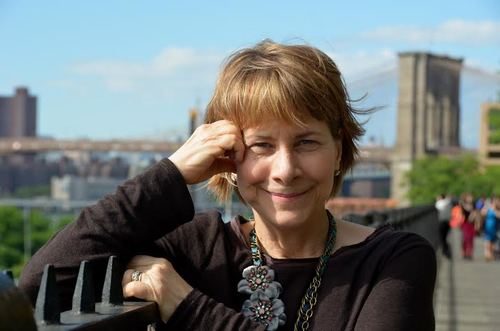Guest post by Amy Cunningham in the USA
With funeral options like earth-friendly burial in simple shroud or biodegradable casket, family-witnessed cremation, and full body sea submersion drawing more interest than ever, it’s a good time to notice that the end-of-life rituals in HBO‘s epic fantasy drama “Game of Thrones” are culturally connected. Not since “Six Feet Under,” has a TV show startled and electrified us with such fabulous funeral services. From high church to home-spun, these Celtic-y/Viking-ish pagan spectacles (that sometimes smack of a Greek/East Asian/ Mongolian influence) will affect the future funeral planning decisions of Americans now under the age of 30. To distill the wisdom in GOT’s finest send-offs (spoilers ahead!), my 19-year-old son Gordon Waldman has kindly come to my assistance. So many deaths have occurred in the six seasons that Slate magazine has been tracking them.
Here’s what we might glean–
1. Grief is real and long lasting.
It can drive you in strange and marvelous directions. Many main characters in the show are fueled by the emotions caused by loss. Cersei Lannister is basically driven to madness over the deaths of her children, while Arya Stark seeks gruesome revenge against those who murdered her family.
2. Bodies are important.
The phrase “bring out your dead” seems operative. Death is not a medical event, it’s a community experience, whether it’s the head of Ned Stark on a pike or yet another formal visitation with viewing in King’s Landing. I too want a golden burial shroud and loads of votive candles!
3. It’s nice to have the support of a hospice worker, death doula or home funeral guide to help you bathe and groom the deceased person’s body soon after death.
I’m impressed with the work of the Silent Sisters (the death midwifes of the Seven Kingdoms who collect, bathe, and shroud the dead). They remind me of my saintly sisters in the National Home Funeral Alliance, though we are far from silent at the moment.
4. Rituals employing one of the elements–fire, water, earth, air–help grieving families process the loss.
The countless cremations conducted by the Night’s Watch are contrasted with the epic sea burials used by House Greyjoy. All are transformative.
5. The more you involve yourself with the care of the dead and the funeral itself, the more you might help yourself heal.
There have been too many pyre lightings to mention, but the lesson seems to be–get in there, don’t hold back, participate in the funeral and heal.
6. It is best not to make large demands of other family members at the funeral.
Jaimie and Cersei break this rule far too much, and have their most bizarre exchanges in front of the bier.
7. Stay flexible.
Funerals aren’t supposed to be perfect, and sometimes you have to change plans on a dime. Season six finale (spoiler alert!) shows Cersei spontaneously selecting cremation instead of entombment for her newly deceased son Tommen since, in a complex twist of fate, she’s just blown up their version of Westminster Abbey, where every other dead relative, up to then, had been placed in crypts.
8. Hang in there, get support.
As Daenerys learned after her Dothraki husband’s cremation, you never “get over” the death of someone close to you. But you will, in time, “get with” the loss and walk on with it. You might even hatch three dragons!
The cremation of Maester Aemon required four people to light each corner of the twiggy pyre. “He was the blood of the Dragon, but now his fire has gone out.” The memorable funeral service starts 90 seconds into this Youtube.com video.
Ed’s note: Today’s guest post comes from the other side of the pond. Amy Cunningham, is the owner of the recently launched and much needed Fitting Tribute Funeral Services in Brooklyn, USA. She specialises in green burials in cemeteries certified by the Green Burial Council, simple burials within the NYC- Metropolitan area, home funerals, and cremation services at Brooklyn’s Green-Wood Cemetery’s gorgeous crematory chapels. She also helps residents of New York with affordable and sustainable funerals. She’s a rare find in the New York funeral scene. We have a lot of time for her much needed holistic approach to funerals. If you’re ever in America, track her down.

